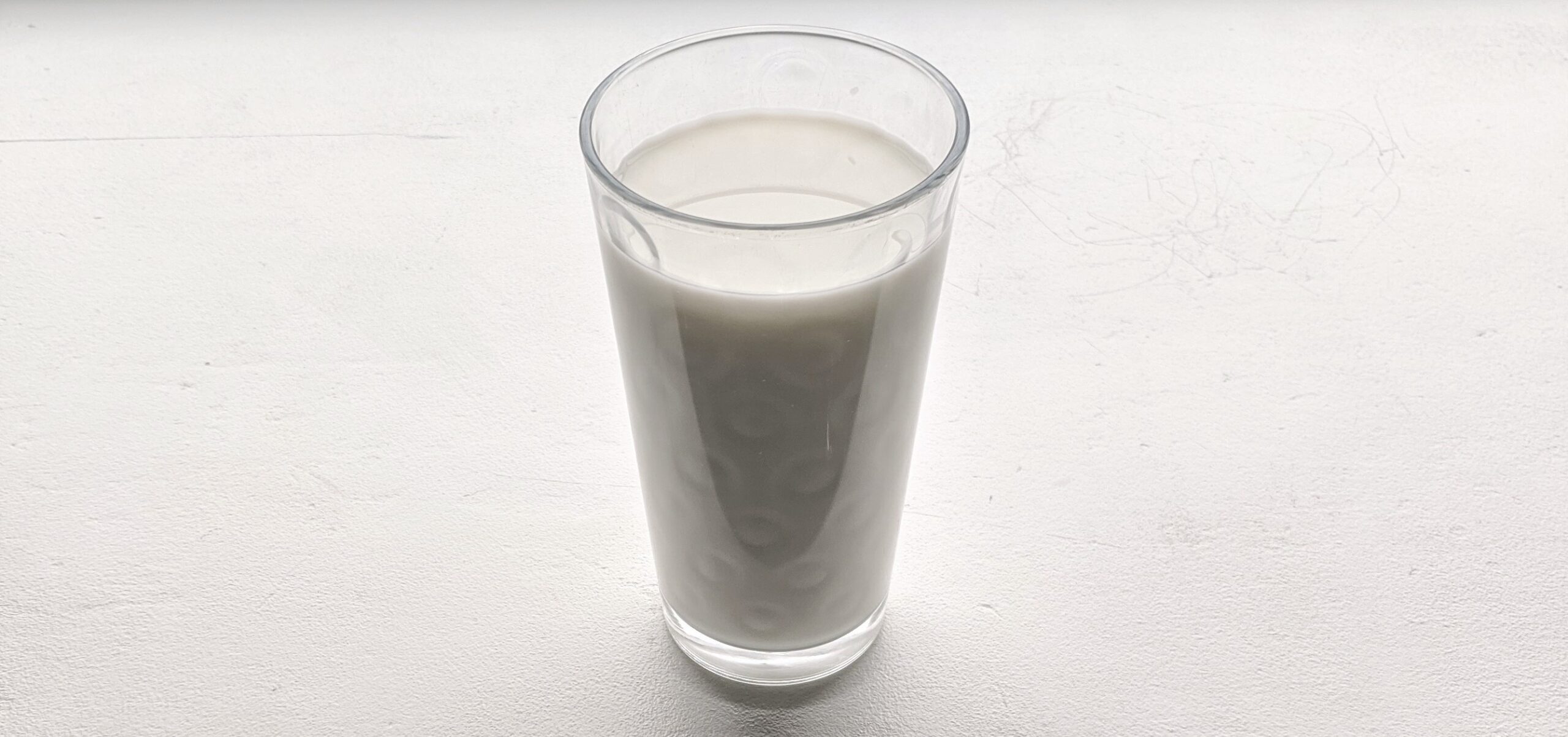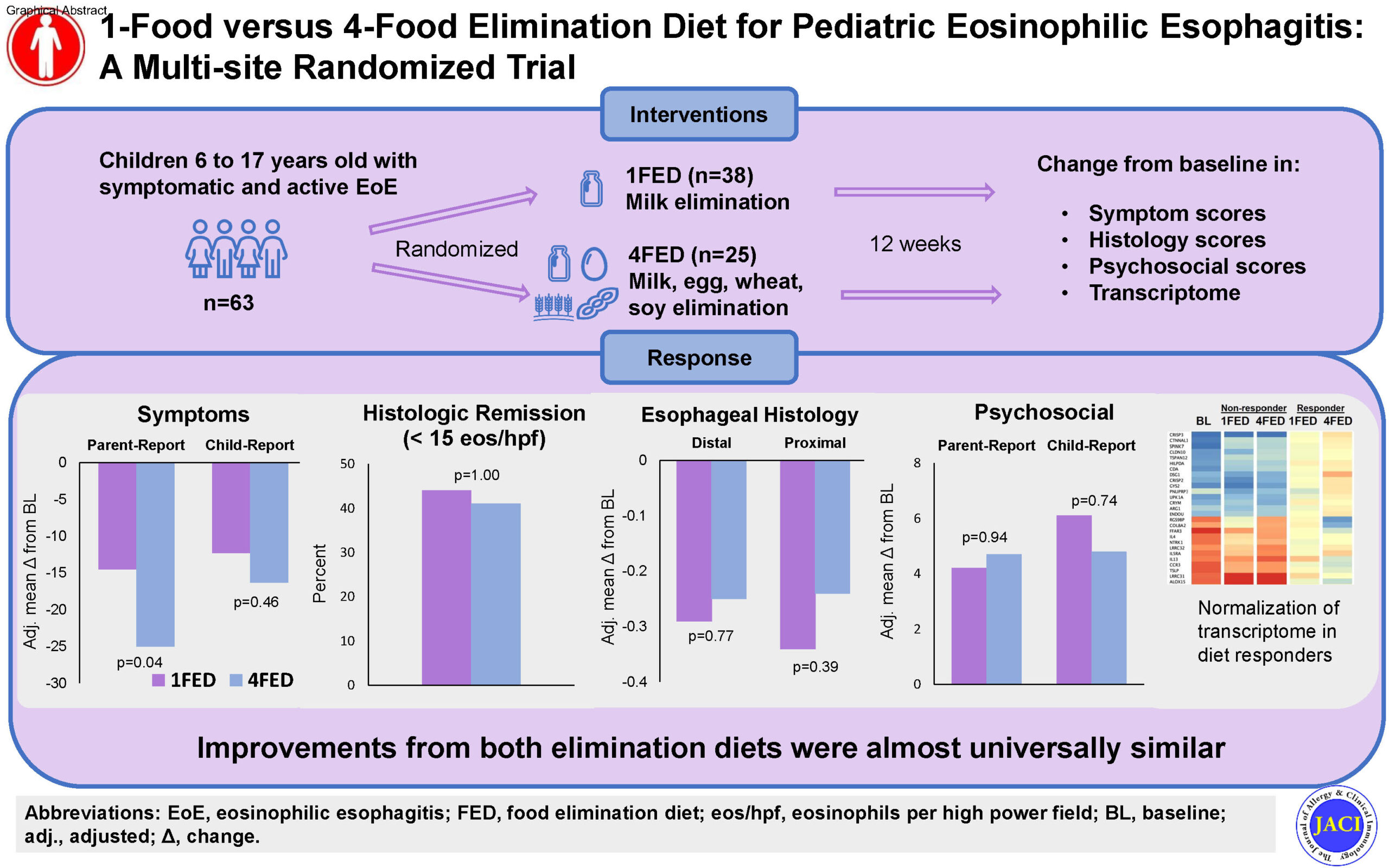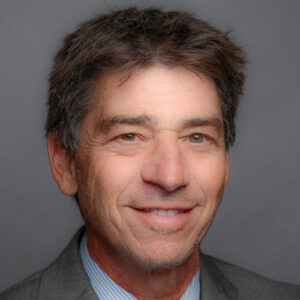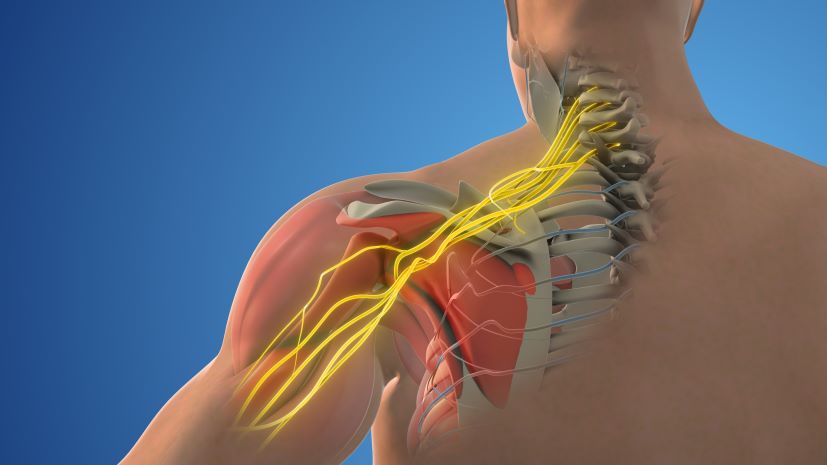Milk Elimination Diet Shows Promise as First-Line Therapy for Children with EoE
Research By: Kara Kliewer, RD, PhD | Marc Rothenberg, MD, PhD
Post Date: September 6, 2024 | Publish Date: Sept. 1, 2024

For children with eosinophilic esophagitis (EoE)—a chronic immune disease typically triggered by food allergens—treatment often focuses on food elimination diets. Conventional therapy involves eliminating multiple food groups. However, new research from Cincinnati Children’s suggests that eliminating a single food may be just as effective.
The new study, published in The Journal of Allergy and Clinical Immunology on September 1, 2024, compared a four-food elimination diet with elimination of animal milk alone. “Last year, we substantiated the effectiveness of using food elimination diets as therapy and using a one-food elimination diet as an initial approach in adults,” says Marc Rothenberg, MD, PhD, senior author, “Now, we are pleased to find similarly promising results for children, as which foods are most likely to elicit disease activity differs between children and adults.”
Improving a Trial-and-Error Process for Children
EoE is associated with a buildup of eosinophils—white blood cells of the immune system—in the esophagus. Certain foods can stimulate this immune response and lead to tissue damage. Patients often experience painful symptoms, including difficulty swallowing, food getting stuck in the throat, vomiting, reflux, malnourishment, and poor appetite. This can make eating difficult or even impossible.
Food elimination diets can help to alleviate these symptoms, but the process is often trial-and-error. Therapy involves either eliminating all foods and slowly adding them back or eliminating specific disease-triggering foods one by one. Both strategies can be time-consuming, costly, and difficult to maintain, making it challenging to find an effective elimination diet that is personalized to each patient. Many opt for steroid therapy instead, even though these medicines have known side effects.
Inspired by patients and supported by the Patient-Centered Outcomes Research Institute (PCORI), researchers set out to answer the question—what if therapy could begin with a simpler, easier-to-tolerate diet? To find out, the team explored how a one-food (animal milk) elimination diet (1FED) would measure up to a four-food (animal milk, egg, wheat, soy) elimination diet (4FED).
Validating an Easier Approach for Children
This is the first randomized, multi-site, comparative effectiveness clinical trial of elimination diets for the treatment of pediatric eosinophilic esophagitis. Researchers recruited 63 patients with active EoE across 10 sites in the United States: Cincinnati Children’s, Rady Children’s Hospital (San Diego), Colorado Children’s Hospital, Tufts Medical Center, Icahn School of Medicine at Mount Sinai, University of North Carolina School of Medicine, Riley Hospital for Children (Indianapolis), Ann and Robert H. Lurie Children’s Hospital of Chicago, University of Arkansas Medical School, and Children’s Hospital of Philadelphia.

Participants were randomized to 1FED or 4FED for 12 weeks. Next, experts evaluated patient-reported outcomes, using a validated tool, and reviewed esophageal biopsies. The results showed that 1FED and 4FED achieved similar remission rates with comparable improvements in symptoms and histologic and endoscopic features.
“We found that both diets were similarly effective across multiple metrics. We concluded that it is reasonable to start with the elimination of milk alone for children—which may be easier for patients—and ‘step up’ to a more restrictive diet only if needed,” says Rothenberg. “This may increase the number of patients willing to try diet to manage their EoE.”
Findings may also increase confidence among clinicians when advising patients on the efficacies of different elimination diets. As study data comes from clinical sites throughout the United States, results are more generalizable and better reflect efficacies commonly seen in clinical practice when compared to previous studies.
“We found a dramatic esophageal transcriptome response to diet that was different between diet histologic responders and non-responders, presenting evidence that diet therapy is sufficient to molecularly reverse the diverse pathogenic pathways associated with the disease,” says Rothenberg. “Current studies with artificial intelligence are aimed at predicting which patients will respond to which diets, using a variety of patient assessments including clinical phenotype, biopsy characteristics, and molecular markers.”
About the study
Funding for this study came from the Patient-Centered Outcomes Research Institute (PCORI, CER-1403-11593).
Read about a related, adult-focused study exploring the one-food elimination diet
| Original title: | 1-Food versus 4-Food Elimination Diet for Pediatric Eosinophilic Esophagitis: A Multisite Randomized Trial |
| Published in: | Journal of Allergy and Clinical Immunology |
| Publish date: | Sept. 1, 2024 |
Research By


The Rothenberg CURED Research Laboratory, supported by the Campaign Urging Research for Eosinophilic Diseases (CURED), is focused on elucidating the mechanisms of allergic responses, especially in mucosal tissues such as the gastrointestinal tract and lung.







